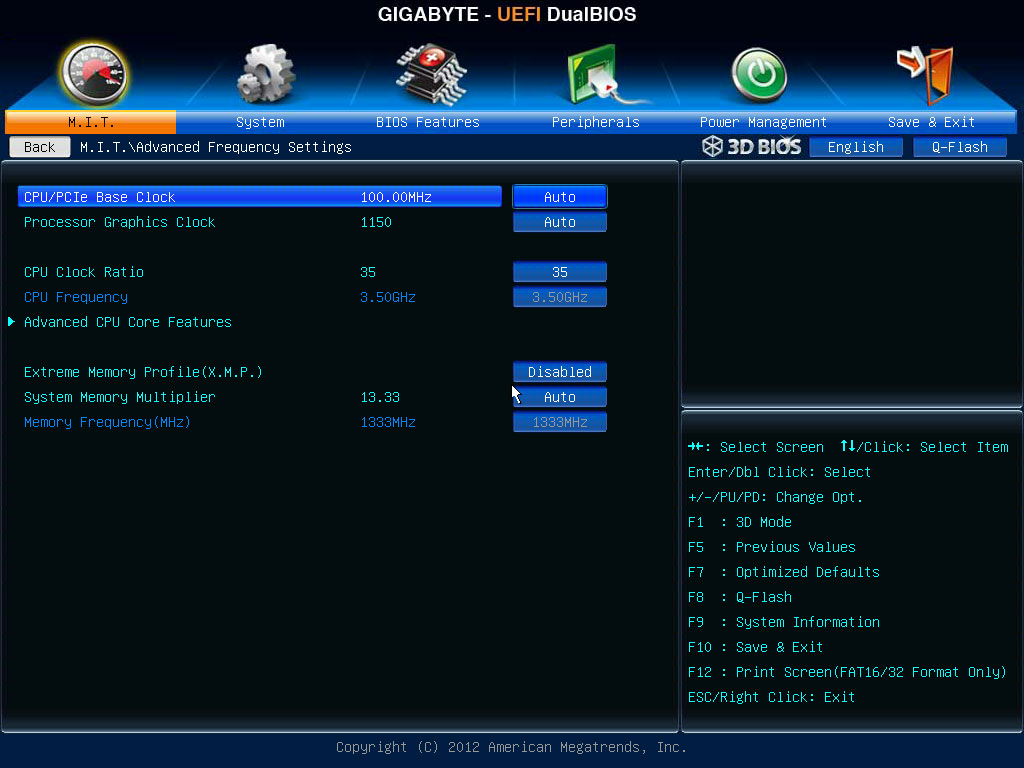- Joined
- Dec 6, 2005
- Messages
- 10,881 (1.62/day)
- Location
- Manchester, NH
| System Name | Senile |
|---|---|
| Processor | I7-4790K@4.8 GHz 24/7 |
| Motherboard | MSI Z97-G45 Gaming |
| Cooling | Be Quiet Pure Rock Air |
| Memory | 16GB 4x4 G.Skill CAS9 2133 Sniper |
| Video Card(s) | GIGABYTE Vega 64 |
| Storage | Samsung EVO 500GB / 8 Different WDs / QNAP TS-253 8GB NAS with 2x10Tb WD Blue |
| Display(s) | 34" LG 34CB88-P 21:9 Curved UltraWide QHD (3440*1440) *FREE_SYNC* |
| Case | Rosewill |
| Audio Device(s) | Onboard + HD HDMI |
| Power Supply | Corsair HX750 |
| Mouse | Logitech G5 |
| Keyboard | Corsair Strafe RGB & G610 Orion Red |
| Software | Win 10 |
I read this in an amazon review for the i5-3570k (for what its worth)
I've been through my BIOS on my UD5H and never recall seeing a "turbo multiplier". Am I missing something?
To give this processor longer life instead of simply turning up the CPU multiplier up to overclock turn up the turbo multiplier so you can still take advantage of the power saving option with these Intel 3rd gen Processors.
I've been through my BIOS on my UD5H and never recall seeing a "turbo multiplier". Am I missing something?









